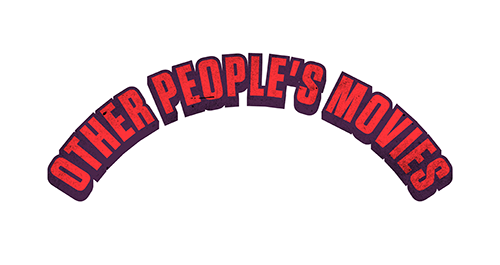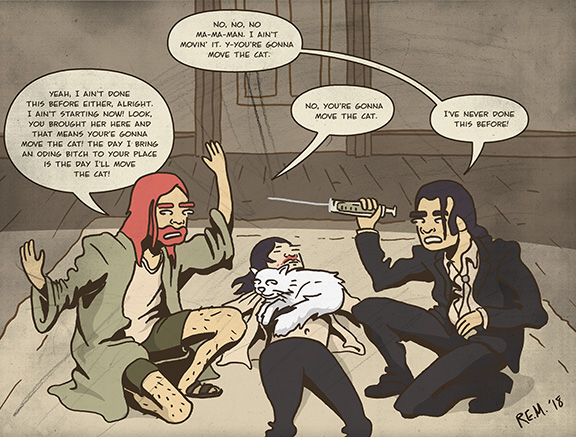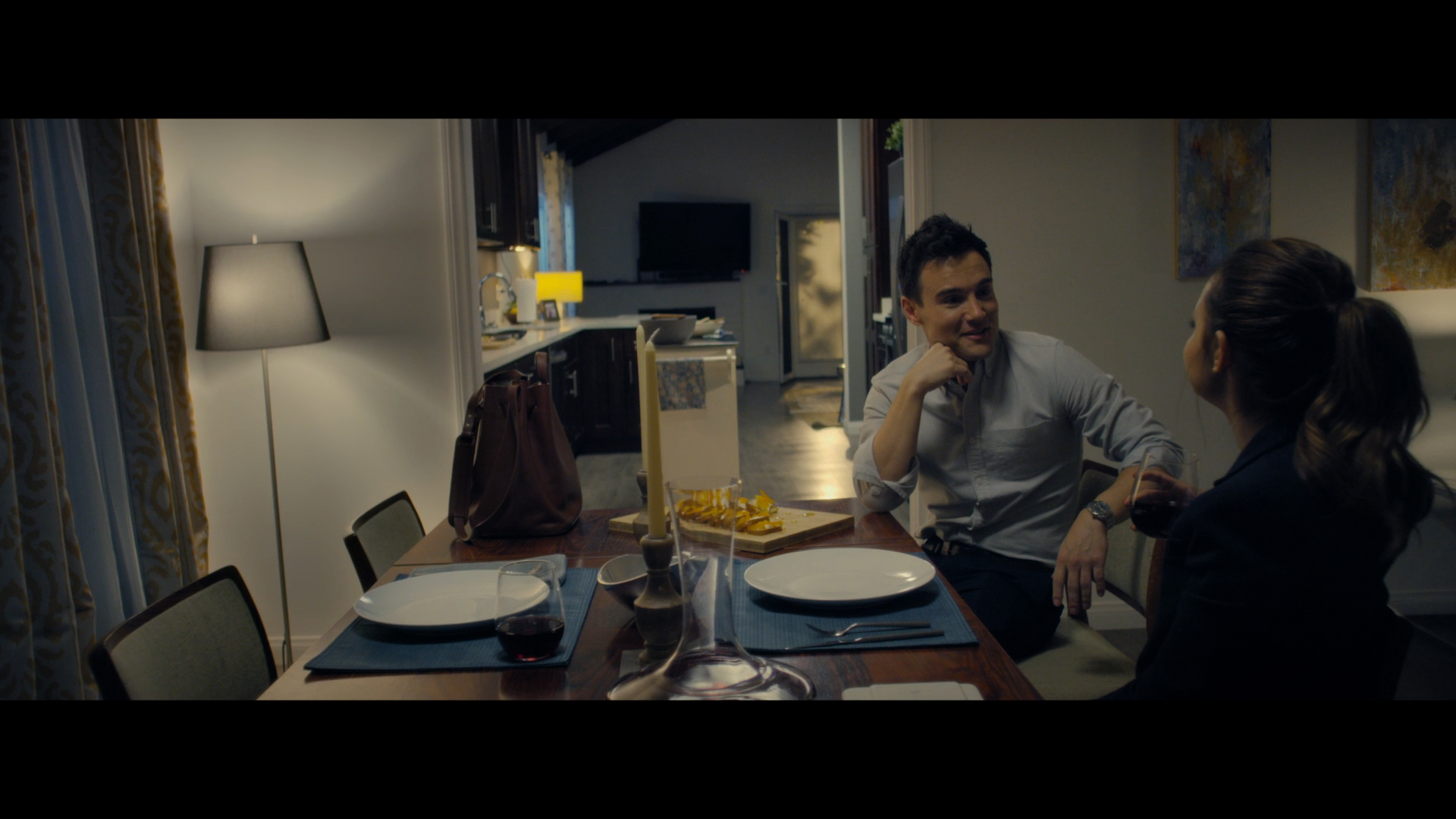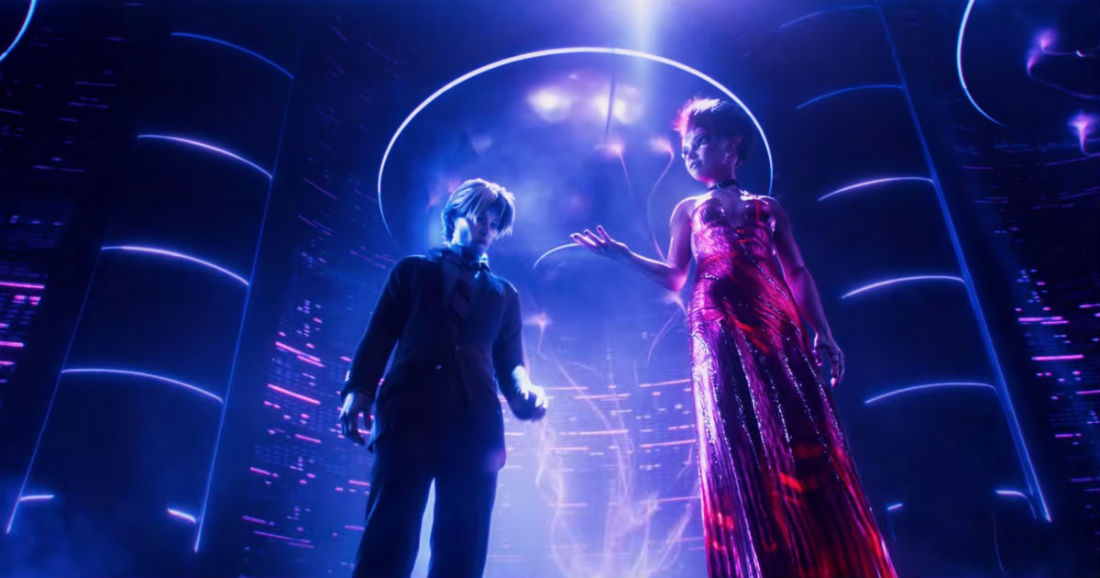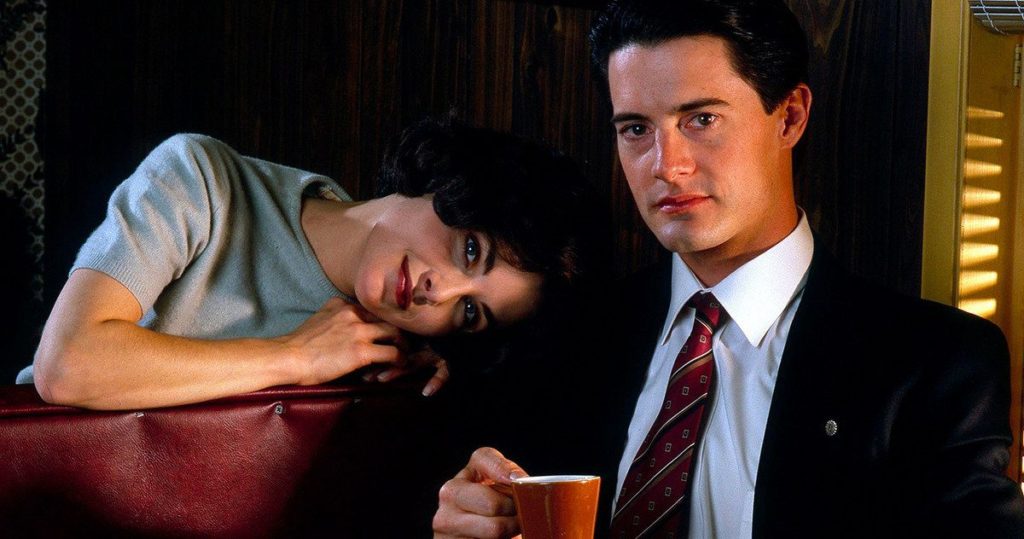
For filmmakers, feature-length movies are further becoming the equivalent of what short films used to be: calling cards for longer formats. The feature-length movie will most likely never go away but, in the day and age of countless streaming services, people are more consistently choosing the ongoing series format as their primary source of filmed entertainment.
Not too long ago, television series were essentially looked down upon. Compared to feature films, they were considered a cheap and unsophisticated form of entertainment. Today, however, many ongoing series house the most rewardingly complex characters and storylines. They now rival movies with their ability to provide details that are refreshingly and intriguingly more in-depth.
Multiple seasons of a particular series are able to contain more character arcs, history, and richness than most two-hour movies can sustain. Audiences can live inside an ongoing series like a reader can live inside a novel. Dedicating oneself to a particular series offers an immersive form of escapism that most movies can’t provide.
The following list is comprised of television and streaming series that rival the power and quality of even the most renowned feature-length films. They represent the future of the moving image and open numerous doors as to where it can go. The following shows are, to date, the most cinematic examples of what television and streaming have to offer the ongoing series format.

10. Lost (2004-2010)
As far as mystery and intrigue are concerned, no television network series since Twin Peaks has intoxicated so many viewers as Lost has. Centering on a group of plane crash survivors who are stuck on an island with mystic properties, Lost aired on ABC for six seasons. Its production value, writing, and the deeply committed work of its actors were equal to or greater than the quality of most of the big-budget, feature-length movies being released during the series’ run. Show creators J.J. Abrams, Jeffrey Lieber, and Damon Lindelof are responsible for one of the most intricately detailed and sophisticatedly executed series ever to be released on a major commercial broadcast television network.
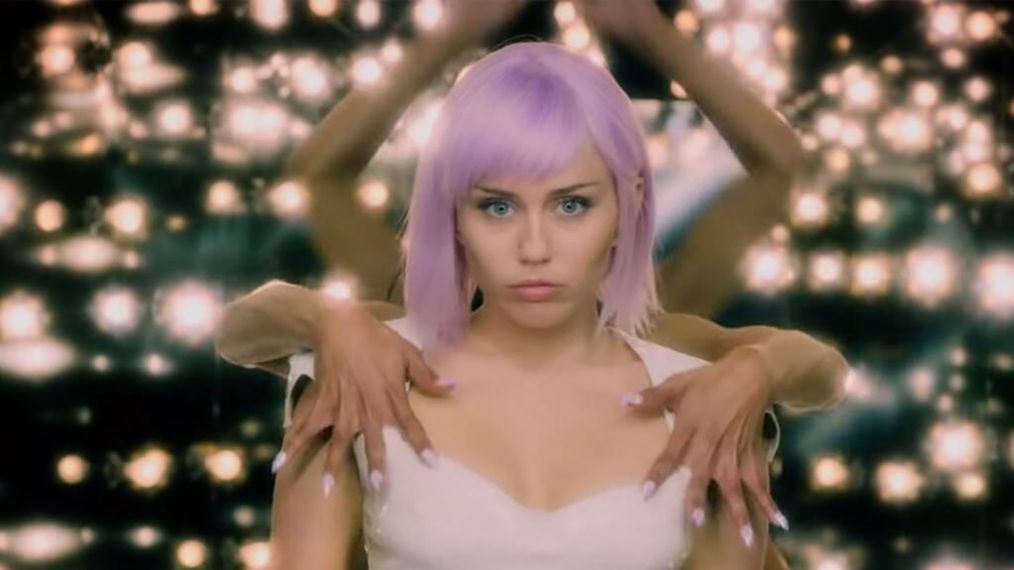
9. Amazing Stories (1985-1987)/ Tales From the Crypt (1989-1996) / Black Mirror (2011- present)
Anthology series, when at their best, are like a collection of high-quality short films with similar themes, characters, and storylines. All three of these series are equal to the quality and impact of like-minded feature films. Each of these shows has been monumentally important in pushing the boundaries of where the ongoing series format can go.
Amazing Stories, which has recently been re-booted on Apple TV+, aired on NBC for two seasons and showcases similar sensibilities to its co-creator Steven Spielberg’s blockbuster feature-length films. Tales From the Crypt, created by Steven Dodd, is a darkly comedic horror show that aired on HBO for seven seasons and attracted such top-notch feature-film producing and directing talent as Richard Donner, Robert Zemeckis, Walter Hill, David Gier, and Joel Silver. The darkly satirical Black Mirror, created by Charlie Booker, has just been renewed for its sixth season on Netflix and currently stands as one of the most edgy, intelligent, and groundbreaking streaming series that is popular today.
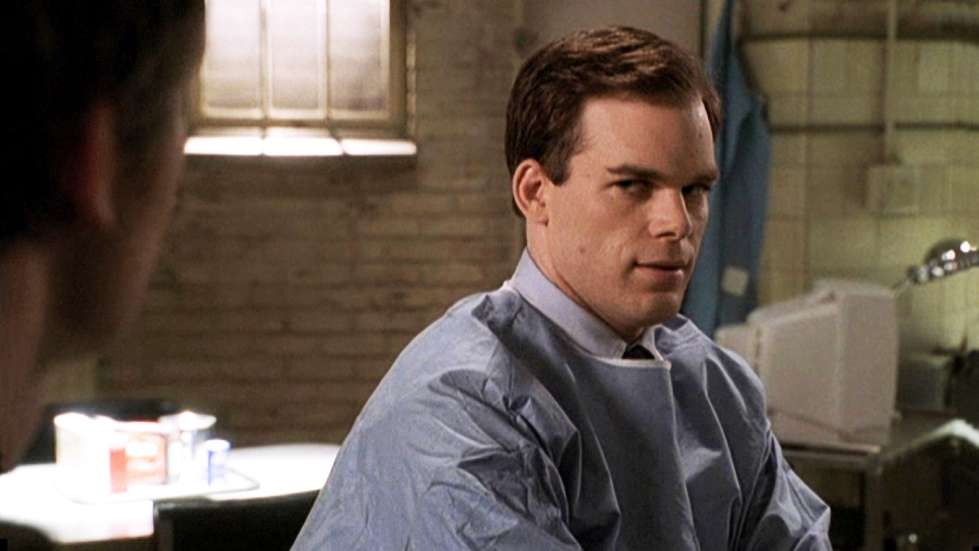
8. Six Feet Under (2001-2005)
Creator Alan Ball’s character-driven, darkly comedic, and profoundly moving series aired on HBO for five wonderful seasons. Revolving around a family-run funeral home, the series offered frank depictions of many important topics: life, death, love, loss, family dysfunction, unhealthy romance, sexual deviancy, mental illness, homophobia, etc. Six Feet Under is executed with striking visuals, extreme dramatic prowess, and an overall production value that stands up in quality to any feature movie of similar design. It was recently announced that a modern-day follow-up to the series is potentially in the works at HBO.
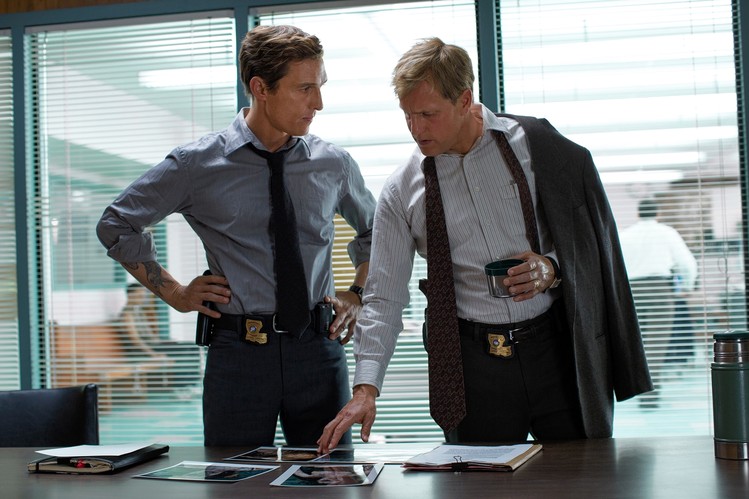
7. True Detective (2014-present)
Creator Nic Pizzolatto’s seasonal anthology series is easily one of the most cinematic shows to ever grace smaller screens. Each season of True Detective provides a gritty, fascinating, and in-depth glimpse into the lives of police detectives as they try to solve intricate and wholly engrossing mysteries. Though the first season’s exceptional display of cinematic filmmaking has so far been unmatched, there are still many positives to be found in the series’ flawed but entrancing second season and its sturdy but slightly underwhelming third season. Recent announcements have proclaimed that True Detective’s fourth season is currently in the works at HBO with director Barry Jenkins (Moonlight) attached to executive produce.

6. The Mandalorian (2019-preset)
For years, numerous feature-length prequels and sequels have tried to capture the magic and wonder of the original Star Wars trilogy. Though the films released since are not without their merits, the joy and awe found at the heart of the first three Star Wars movies were not truly matched until creator Jon Favreau’s The Mandaloiran first premiered on Disney+ in 2019. With the release of each new episode, viewers are treated to a new Star Wars adventure that recalls the quality of the first three films. A spinoff series, The Book of Boba Fett, is similar in quality and design but not quite as satisfying as its exceptional and endlessly entertaining predecessor.
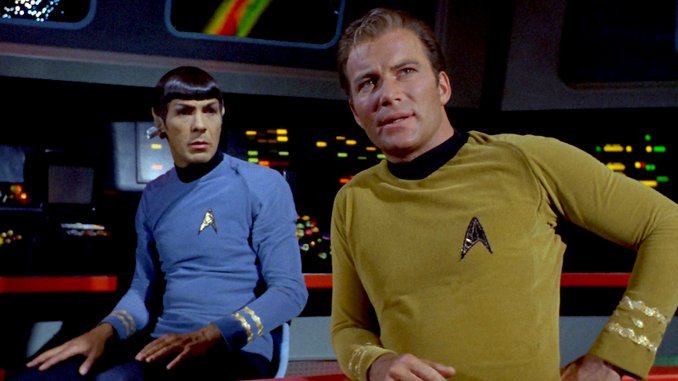
5. Star Trek: The Original Series (1966-1969)
Nothing short of groundbreaking at the time of its premiere on NBC, Star Trek: The Original Series still remains one of the most influential shows of all time. It spawned multiple spinoffs over the years and also broke ground and paved the way for countless science fiction series that were produced after it. For three seasons, creator Gene Roddenberry’s Star Trek treated home viewers to the kind of space adventures and otherworldly creatures that they had previously been used to seeing on the big screen. Nothing in television that came before or has come since matches the influence or effect of the original Star Trek series.

4. Breaking Bad (2008-2013)
As far as crime dramas go, they don’t get much more intense, intoxicating, in-depth, or gut-wrenching than creator Vince Gilligan’s Breaking Bad. The series, which aired on AMC for five seasons, packs an endless stream of dramatic wallops that are comparable to the power of similarly themed feature-length films. Focusing on a high school chemistry teacher (Bryan Cranston) who becomes a powerful drug lord, Breaking Bad recalls such classic gangster films as Scarface and Goodfellas. However, the show’s television format enables it to go far deeper into the details of its dangerous world than the feature-length format could ever allow. Breaking Bad serves as a prime example of just how powerful an ongoing series can be when its format is utilized properly.
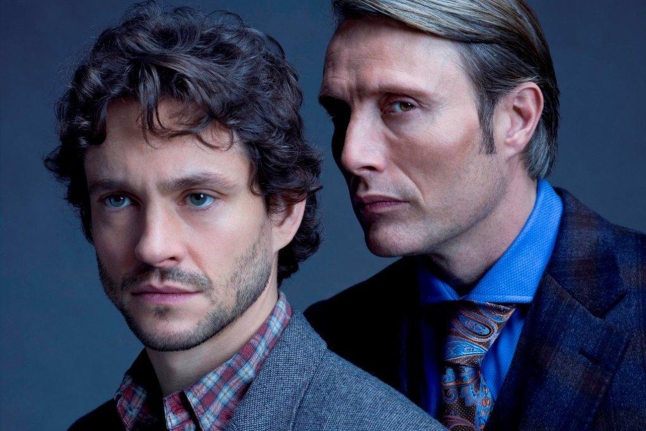
3. Hannibal (2013-2015)
Part horror, part crime drama, and part surrealist exploration of abnormal psychology, Hannibal is easily the most thrillingly dangerous series to ever air on a major network. Based on the literary works of Thomas Harris, the show tests the limits of graphic violence for a network series, offering the kind of carnage and brutality most viewers are accustomed to seeing in R-rated feature-length movies. The series also showcases some of the most beautiful, inventive, and experimental filmmaking techniques ever to be produced for network television. Much to the chagrin of its loyal fans, NBC cut the show short after three seasons due to low ratings. The series has since gone on to find new fans on Netflix, and show creator Bryan Fuller has repeatedly stated in interviews that he hopes the series can eventually be revived.
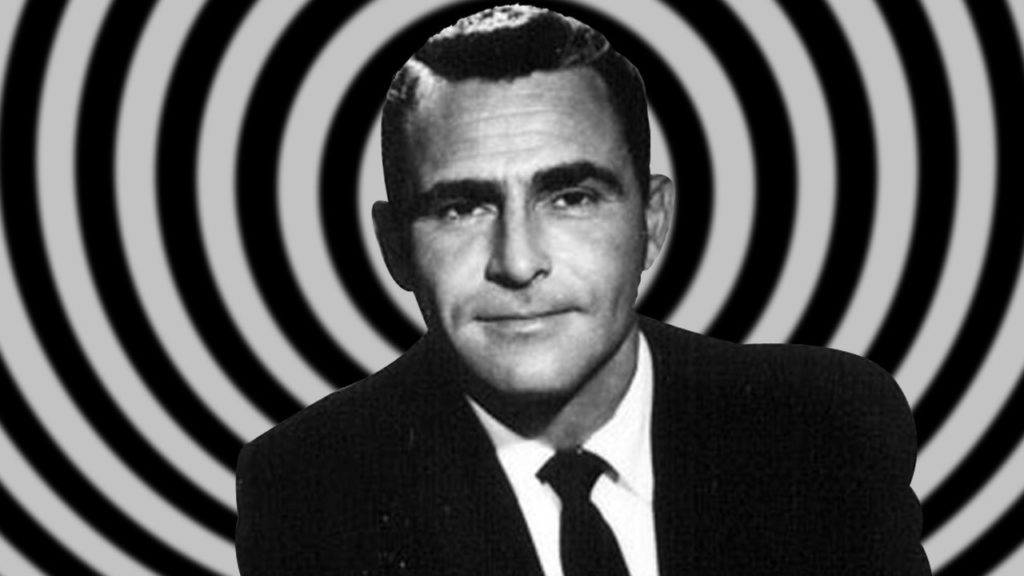
2. The Twilight Zone (1959-1964)
There was nothing before and there has been nothing since that is quite like Rod Serling’s The Twilight Zone. The weekly anthology series ran on CBS for five glorious seasons, offering viewers its own unique blend of science fiction, fantasy, and otherworldly drama. The series, to this day, offers some of the best and most cinematic writing and filmmaking ever to be found on a network show. The Twilight Zone provided viewers with a feature-length quality short film on a weekly basis, with each new entry showcasing the series’ twisty, bizarre, and revelatory brand of storytelling. Though the show has been rebooted a couple of times since its original incarnation, nothing matches the quality and integrity of the original series by its original—and extraordinarily brilliant–creator.

1. Twin Peaks (1990-1991)
There has not been a more groundbreaking, artistically ambitious, or influential series on any network—commercial or cable—than David Lynch and Mark Frost’s Twin Peaks. The show brought a plethora of cinematic qualities to primetime television, exhibiting a genre-defying blend of powerful drama, enticing mystery, dreamlike surrealism, and absurdist comedy. Such qualities are prominent in co-creator Lynch’s feature-length directorial efforts, but they had never before had the same level of primetime exposure. Though it was rebooted as a limited event series by Showtime in 2017, Twin Peaks originally aired on ABC for only two seasons. The series’ run may have been a brief one, but its legacy lives on to this day.
